Low-Level Wind Shear Identification along the Glide Path at BCIA by the Pulsed Coherent Doppler Lidar
Abstract
:1. Introduction
2. Device Configuration and Scanning Strategy
3. Results
3.1. Glide Path Scanning
3.2. Wind Profiles Obtained by RHI Scanning Mode
4. Discussion
4.1. Glide Path Scanning Strategy
4.2. RHI Scanning Mode
4.3. Wind Shear Alerts
5. Conclusions
- The PCDL systems utilized in this paper are effective tools to detect the wind shear events at a high spatial and temporal resolution.
- The core of the paper is aimed at quantifying the effect of terrain induced wind turbulence on the response and performance of landing aircraft.
- Different observation modes (including the Glide path scanning and RHI scanning) have been designed to study the terrain induced wind shear events.
- The PCDL system should not perform as a stand-alone wind shear detection system and it is a great complementary system to traditional radar systems.
- Collecting the data of PCDL system under notable meteorological conditions to assess the ability of wind shear measurement by PCDL systems.
- Alerting the great threats caused by the cross wind to the landing aircraft under strong wind conditions.
- Optimization of the pre-warning software interface and the reduction of the false alarm rate.
Author Contributions
Funding
Institutional Review Board Statement
Informed Consent Statement
Data Availability Statement
Acknowledgments
Conflicts of Interest
References
- International Civil Aviation Organization. International standards and recommended practices. In Aerodromes Annex 14, Volume 1 Aerodrome Design and Operations; Chapter 4: Obstacle Restriction and Removal; International Civil Aviation Organization: Montréal, QC, Canada, 1995; pp. 252–254. [Google Scholar]
- Chun, H.Y.; Kim, J.H.; Lee, D.B.; Kim, S.H.; Strahan, M.; Pettegrew, B.; Lee, Y.G. Research collaborations for better predictions of aviation weather hazards. Bull. Am. Meteorol. Soc. 2017, 98, ES103–ES107. [Google Scholar] [CrossRef]
- Sharman, R.; Lane, T. Aviation Turbulence; In Springer International Publishing: Cham, Switzerland, 2016; Volume 10, pp. 978–981. [Google Scholar]
- Hallowell, R.G.; Cho, J.Y. Wind-Shear System Cost-Benefit Analysis. Linc. Lab. J. 2010, 18, 47–68. [Google Scholar]
- Armijo, L. A theory for the determination of wind and precipitation velocities with Doppler radars. J. Atmos. Sci. 1969, 26, 570–573. [Google Scholar] [CrossRef]
- ICAO. Manual on Low-Level Wind Shear and Turbulence, 1st ed.; International Civil Aviation Organization: Montréal, QC, Canada, 2005; p. 222. [Google Scholar]
- Shun, C.M.; Johnson, D.B. Implementation of a terminal Doppler weather radar for the new Hong Kong International Airport at Chek Lap Kok. In Proceedings of the Sixth Conference on Aviation Weather Systems, Dallas, TX, USA, 15–20 January 1995; pp. 530–534. [Google Scholar]
- Shun, C.M.; Chan, P.W. Applications of an infrared Doppler lidar in detection of wind shear. J. Atmos. Ocean. Technol. 2008, 25, 637–655. [Google Scholar] [CrossRef]
- Hon, K.K.; Chan, P.W. Application of LIDAR-derived eddy dissipation rate profiles in low-level wind shear and turbulence alerts at Hong Kong International Airport. Meteorol. Appl. 2014, 21, 74–85. [Google Scholar] [CrossRef]
- Weber, M.E.; Noyes, T.A. low level wind shear detection with airport surveillance radars. IEEE Aerosp. Electron. Syst. Mag. 1995, 10, 3–9. [Google Scholar] [CrossRef]
- Evans, J.E.; Bernella, D.M. Terminal Doppler weather radar (TDWR) coverage of satellite airports. In Proceedings of the 19th Digital Avionics Systems Conference, Philadelphia, PA, USA, 7–13 October 2000. [Google Scholar] [CrossRef]
- Sobli, N.H.M.; Ismail, A.F.; Isa, F.N.M.; Mansor, H. Initial assessment of radar reflectivity-rainfall rate, ZR relationships for moderate rain events in Malaysia. In Proceedings of the 2013 IEEE Symposium on IEEE Wireless Technology and Applications (ISWTA), Kuching, Malaysia, 22–25 September 2013; pp. 187–191. [Google Scholar] [CrossRef]
- Adachi, T.; Kusunoki, K.; Yoshida, S.; Arai, K.I.; Ushio, T. High-Speed Volumetric Observation of a Wet Microburst Using X-Band Phased Array Weather Radar in Japan. Mon. Weather Rev. 2016, 144, 3749–3765. [Google Scholar] [CrossRef]
- Barbaresco, F. Radar/lidar sensors for wind & wake-vortex monitoring on airport: First results of SESAR P12. 2.2 XP0 trials campaign at Paris CDG airport. Wake Turbulence in Current Operations and Beyond. In Proceedings of the WakeNet3–Europe Fourth Major Workshop, Langen, Germany, 28–29 February 2012. [Google Scholar]
- Wu, S.; Liu, B.; Liu, J.; Zhai, X.; Feng, C.; Wang, G.; Gallacher, D. Wind turbine wake visualization and characteristics analysis by Doppler lidar. Opt. Express 2016, 24, A762–A780. [Google Scholar] [CrossRef]
- Zhai, X.; Wu, S.; Liu, B. Doppler lidar investigation of wind turbine wake characteristics and atmospheric turbulence under different surface roughness. Opt. Express 2017, 25, A515–A529. [Google Scholar] [CrossRef]
- Liu, X.Y.; Wu, S.H.; Zhang, H.W.; He, Z.Q.; Zhang, J.J.; Wang, X.Y.; Chen, X.M. Low-level wind shear observation based on different physical mechanisms by coherent Doppler lidar. J. Infrared Millim. Waves 2020, 39, 491–504. [Google Scholar] [CrossRef]
- Li, L.Q.; Shao, A.M.; Zhang, K.J.; Ding, N.; Chan, P.-W. Low-level wind shear characteristics and lidar-based alerting at Lanzhou Zhongchuan International Airport, China. J. Meteorol. Res. 2020, 34, 633–645. [Google Scholar] [CrossRef]
- Pauscher, L.; Vasiljevic, N.; Callies, D.; Lea, G.; Mann, J.; Klaas, T.; Courtney, M. An inter-comparison study of multi-and DBS lidar measurements in complex terrain. Remote Sens. 2016, 8, 782. [Google Scholar] [CrossRef] [Green Version]
- Choukulkar, A.; Brewer, W.A.; Sandberg, S.P.; Weickmann, A.; Bonin, T.A.; Hardesty, R.M.; Debnath, M. Evaluation of single and multiple Doppler lidar techniques to measure complex flow during the XPIA field campaign. Atmos. Meas. Tech. 2017, 10, 247–264. [Google Scholar] [CrossRef] [Green Version]
- Fuertes, F.C.; Iungo, G.V.; Porté-Agel, F. 3D turbulence measurements using three synchronous wind lidars: Validation against sonic anemometry. J. Atmos. Ocean. Technol. 2014, 31, 1549–1556. [Google Scholar] [CrossRef]
- Nieuwpoort, A.M.H.; Gooden, J.H.M.; de Prins, J.L. Wind Criteria due to Obstacles at and around Airports. In National Aerospace Laboratory NLR-TP-2010-312 (Classification Report); Springer: Amsterdam, The Netherlands, 2010; pp. 4–5. [Google Scholar]
- Chan, P.W.; Lee, Y.F. Application of short-range lidar in wind shear alerting. J. Atmos. Ocean. Technol. 2012, 29, 207–220. [Google Scholar] [CrossRef]
- Hon, K.K.; Chan, P.W.; Chiu, Y.Y.; Tang, W. Application of short-range LIDAR in early alerting for low-level wind shear and turbulence at Hong Kong international airport. Adv. Meteorol. 2014, 2014, 1–8. [Google Scholar] [CrossRef]
- Hon, K.K. Predicting Low-Level Wind Shear Using 200-m-Resolution NWP at the Hong Kong International Airport. J. Appl. Meteorol. Climatol. 2020, 59, 193–206. [Google Scholar] [CrossRef]
- Chan, P.W.; Li, Q.S. Some observations of low level wind shear at the Hong Kong International Airport in association with tropical cyclones. Meteorol. Appl. 2020, 27, e1898. [Google Scholar] [CrossRef]
- Zhang, H.; Wu, S.; Wang, Q.; Liu, B.; Yin, B.; Zhai, X. Airport low-level wind shear lidar observation at Beijing Capital International Airport. Infrared Phys. Technol. 2019, 96, 113–122. [Google Scholar] [CrossRef] [Green Version]
- Zhang, H.; Wang, Q.; Wu, S. Low-Level Wind Shear Observation at Beijing Capital International Airport Based on Coherent Doppler Lidar. J. Atmos. Environ. Opt. 2018, 13, 34. [Google Scholar] [CrossRef]
- Smalikho, I.N.; Banakh, V.A.; Pichugina, Y.L.; Brewer, W.A.; Banta, R.M.; Lundquist, J.K.; Kelley, N.D. Lidar investigation of atmosphere effect on a wind turbine wake. J. Atmos. Ocean. Technol. 2013, 30, 2554–2570. [Google Scholar] [CrossRef]
- Sathe, A.; Mann, J. A review of turbulence measurements using ground-based wind lidars. Atmos. Meas. Tech. 2013, 6, 3147–3167. [Google Scholar] [CrossRef] [Green Version]
- Kasler, Y.; Rahm, S.; Simmet, R. Wake measurements of a multi-MW wind turbine with coherent long-range pulsed Doppler wind lidar. J. Atmos. Ocean. Technol. 2010, 27, 1529–1532. [Google Scholar] [CrossRef] [Green Version]
- Woodfield, A.; Woods, J.F. Wind Shear from Headwind Measurements on British Airways B747-236 Aircraft; Royal Aircraft Establishment Bedford: Bedford, UK, 1981. [Google Scholar]
- Woodfield, A.; Woods, J.F. Worldwide Experience of Wind Shear during 1981–1982; Royal Aircraft Establishment Bedford: Bedford, UK, 1983. [Google Scholar]
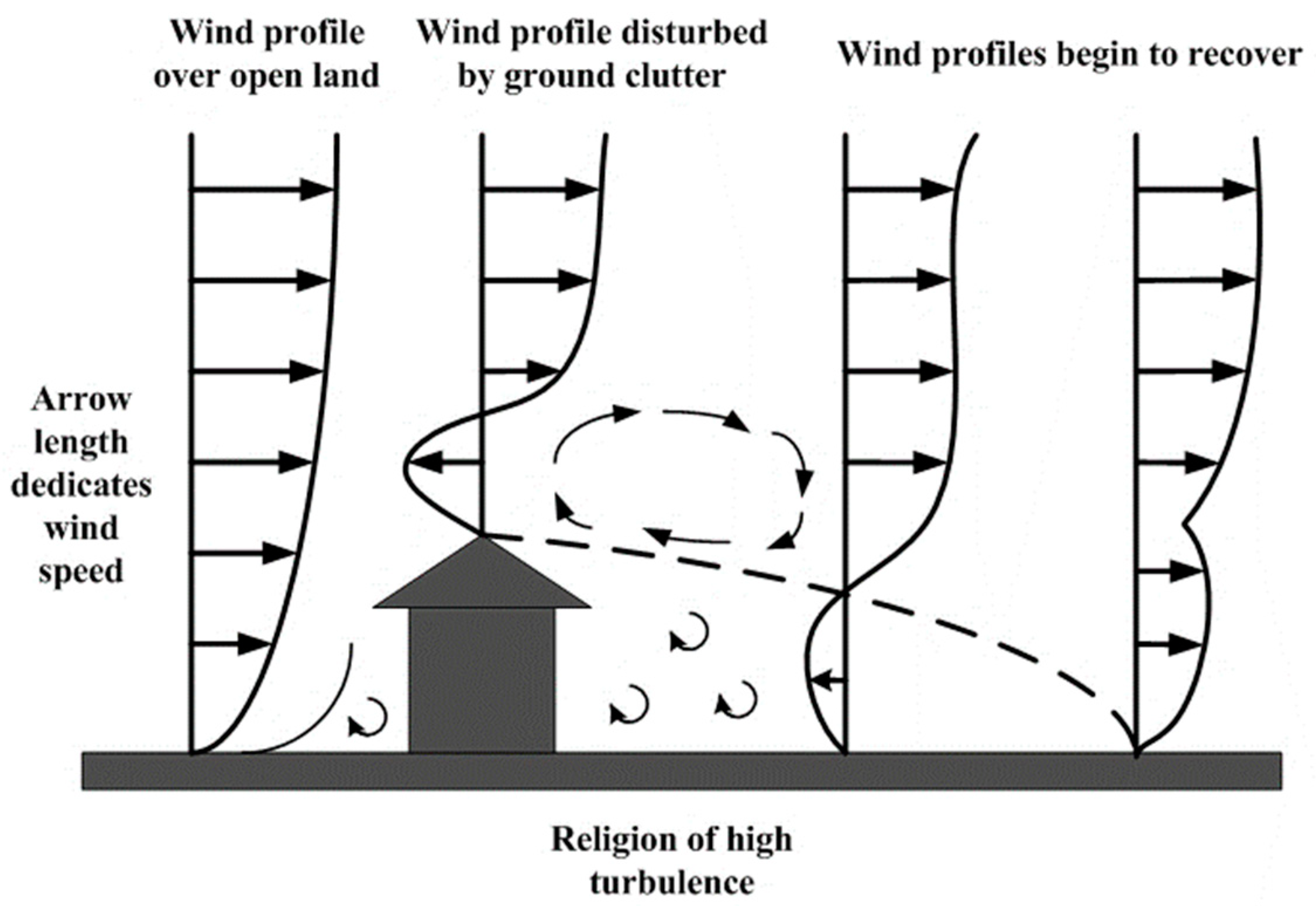

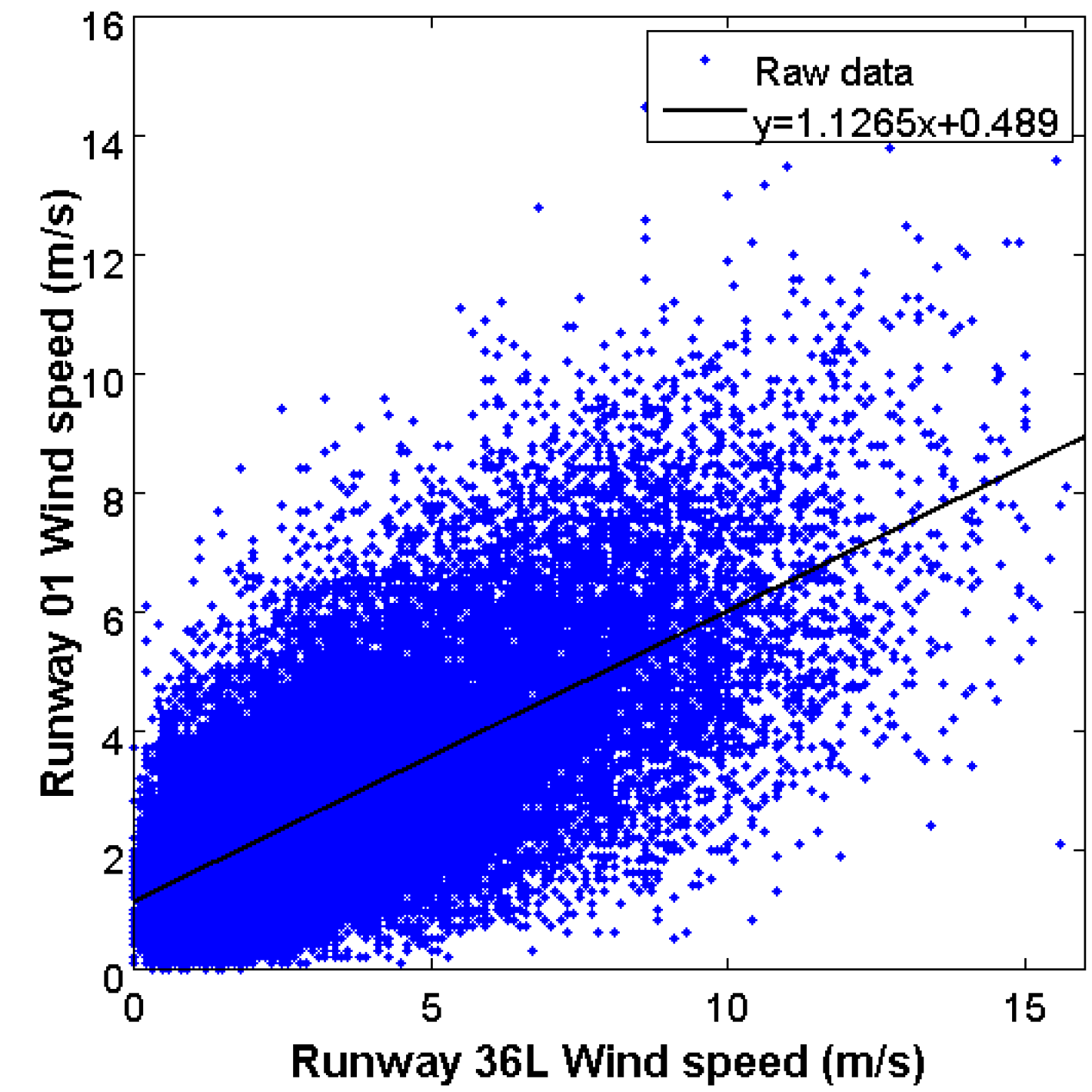


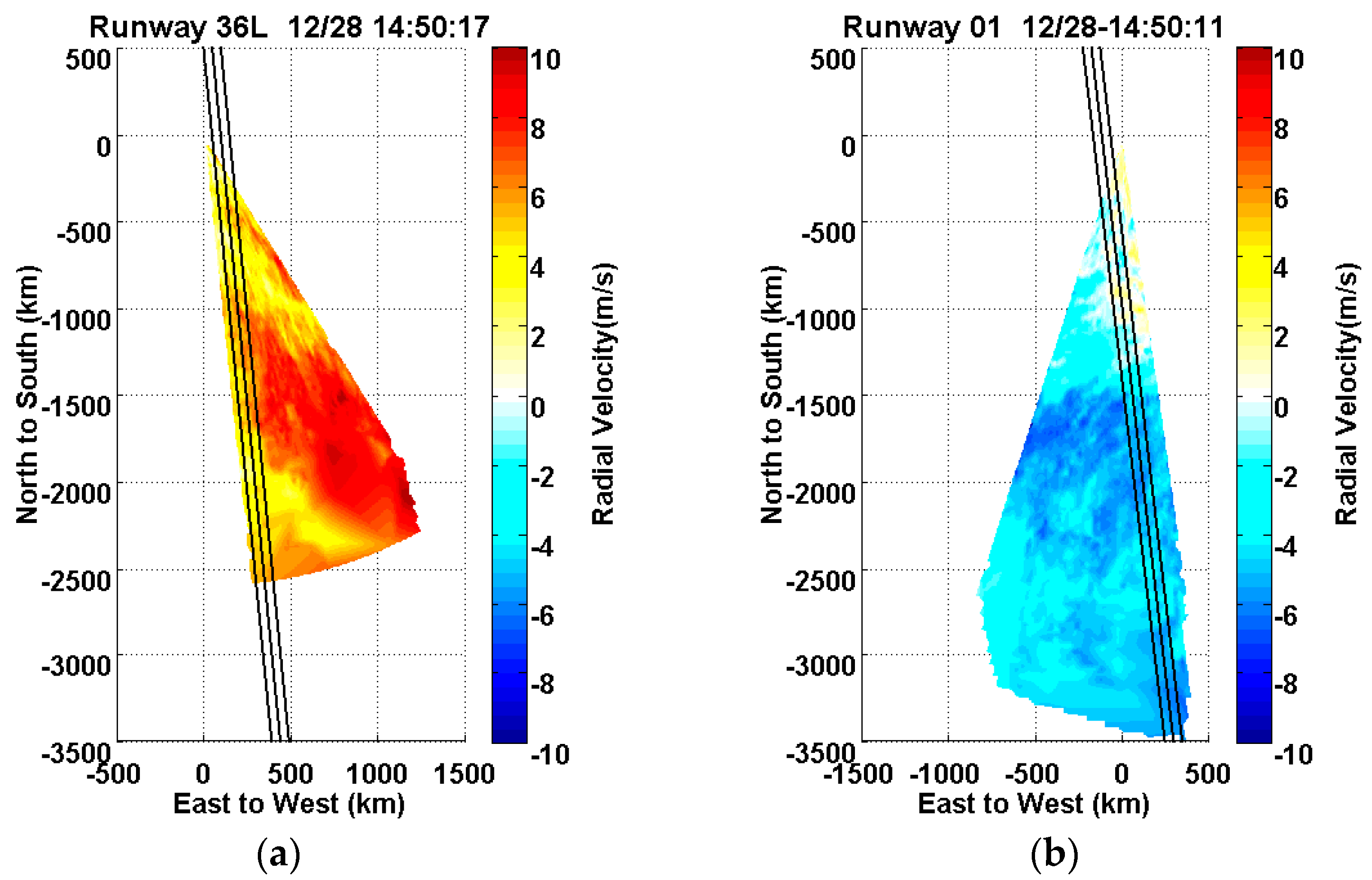
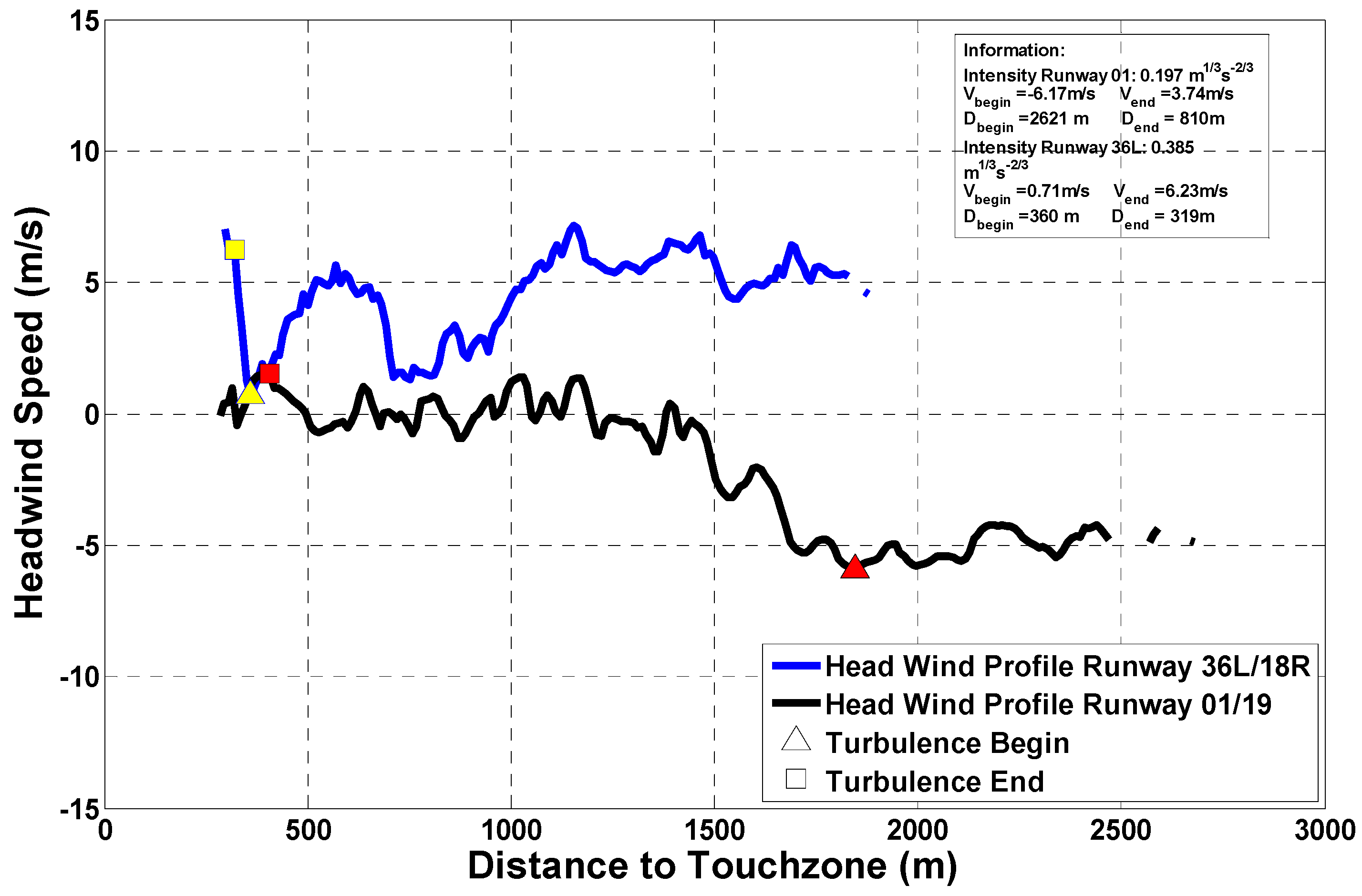



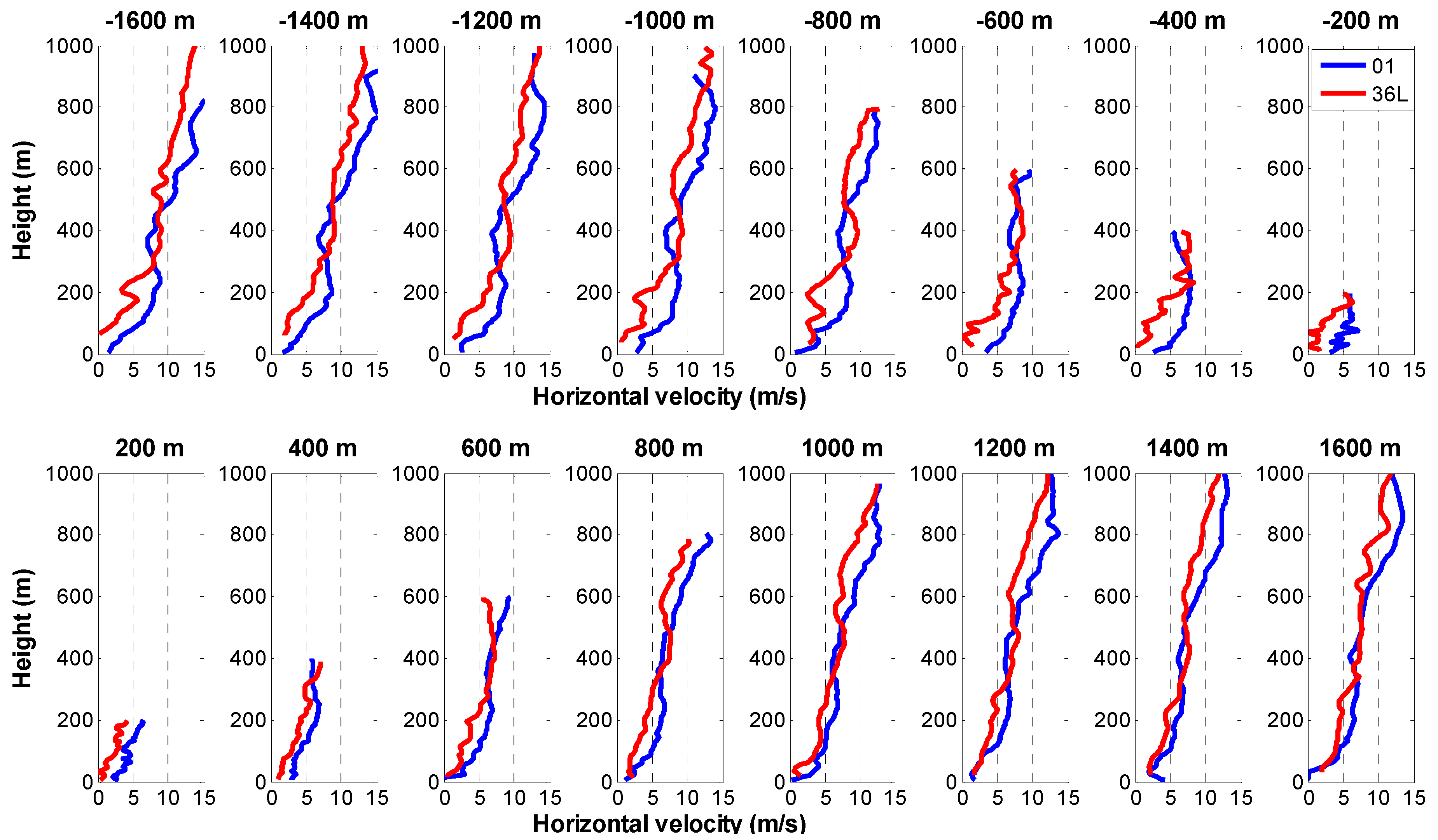
Publisher’s Note: MDPI stays neutral with regard to jurisdictional claims in published maps and institutional affiliations. |
© 2020 by the authors. Licensee MDPI, Basel, Switzerland. This article is an open access article distributed under the terms and conditions of the Creative Commons Attribution (CC BY) license (http://creativecommons.org/licenses/by/4.0/).
Share and Cite
Zhang, H.; Liu, X.; Wang, Q.; Zhang, J.; He, Z.; Zhang, X.; Li, R.; Zhang, K.; Tang, J.; Wu, S. Low-Level Wind Shear Identification along the Glide Path at BCIA by the Pulsed Coherent Doppler Lidar. Atmosphere 2021, 12, 50. https://doi.org/10.3390/atmos12010050
Zhang H, Liu X, Wang Q, Zhang J, He Z, Zhang X, Li R, Zhang K, Tang J, Wu S. Low-Level Wind Shear Identification along the Glide Path at BCIA by the Pulsed Coherent Doppler Lidar. Atmosphere. 2021; 12(1):50. https://doi.org/10.3390/atmos12010050
Chicago/Turabian StyleZhang, Hongwei, Xiaoying Liu, Qichao Wang, Jianjun Zhang, Zhiqiang He, Xi Zhang, Rongzhong Li, Kailin Zhang, Junwu Tang, and Songhua Wu. 2021. "Low-Level Wind Shear Identification along the Glide Path at BCIA by the Pulsed Coherent Doppler Lidar" Atmosphere 12, no. 1: 50. https://doi.org/10.3390/atmos12010050




